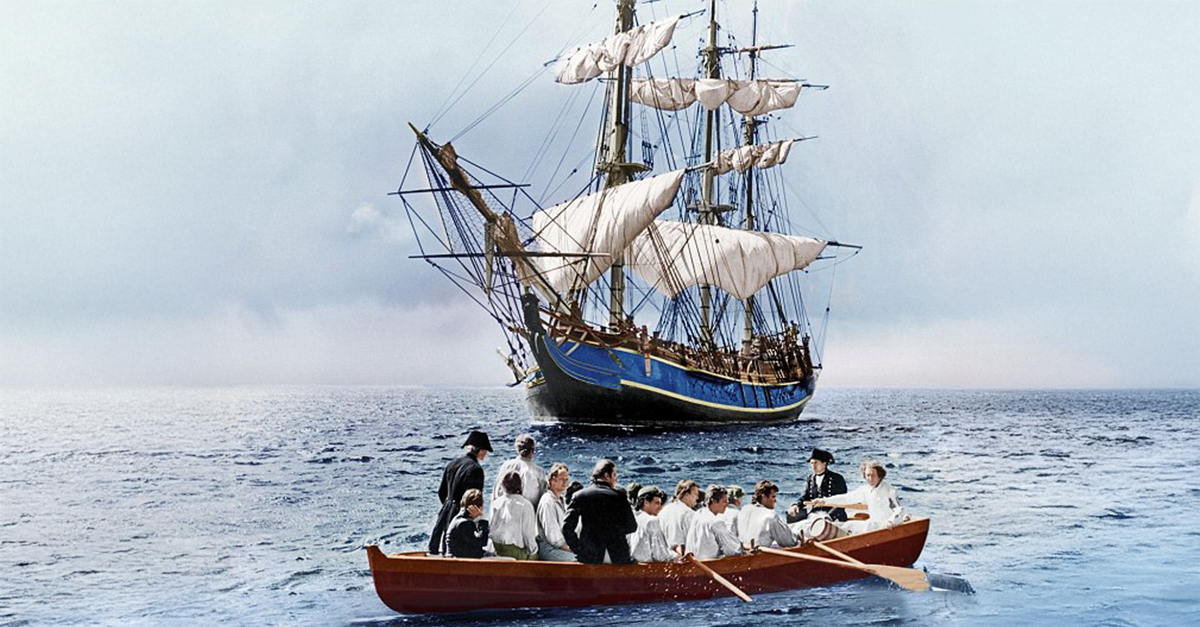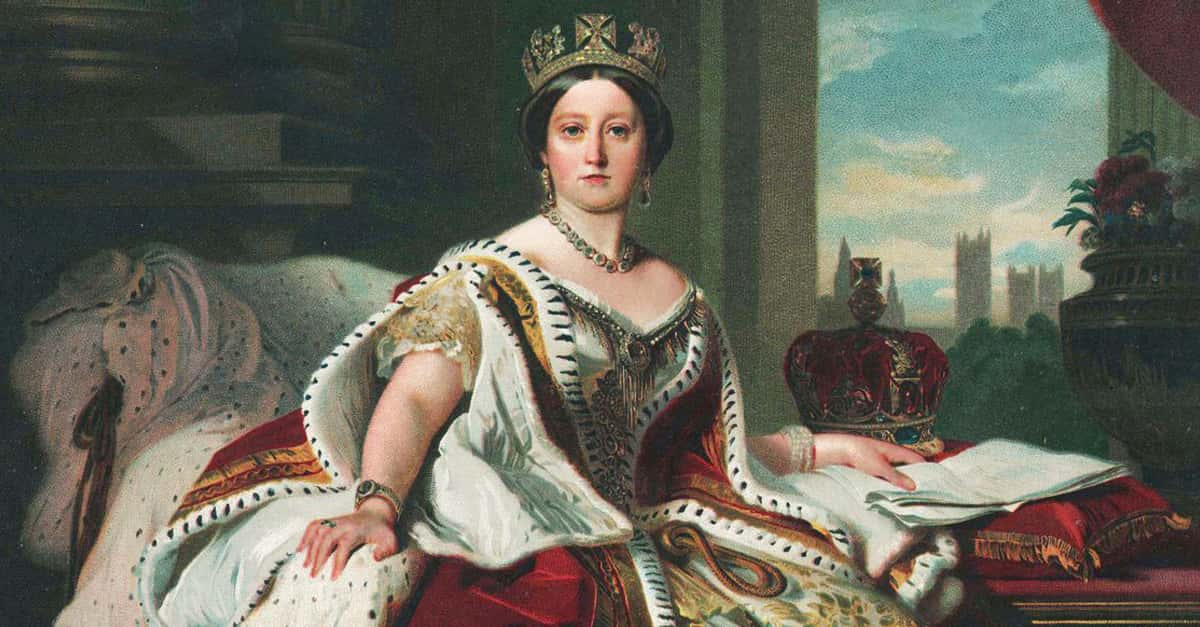In 1789 one of the most infamous events in maritime history unfolded in the South Pacific. Lieutenant William Bligh, commander of the HMS Bounty, was set adrift by mutineers led by Fletcher Christian. With 18 loyal men and minimal supplies, Bligh completed one of the greatest open-boat voyages in history, cementing his reputation for seamanship, if not leadership.
Set Adrift In The South Pacific
Bligh and his men were forced into a 23-foot launch with scant provisions—about five days’ worth of food, a sextant, and a pocket watch. They were cast adrift near Tofua, an island in the Tonga archipelago. Rather than attempt a direct confrontation with the mutineers or search for help nearby, Bligh made a bold decision: he would attempt to sail 3,600 nautical miles to the Dutch East Indies port of Timor.
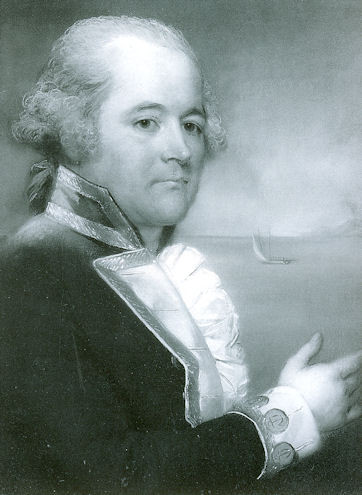 Unknown authorUnknown author, Wikimedia Commons
Unknown authorUnknown author, Wikimedia Commons
Survival Through Navigation And Discipline
Bligh’s success in the open boat voyage owed much to his skill as a navigator and the strict discipline he maintained. He rationed food and water with extreme care and kept meticulous logs. Using only the sextant and no charts, he navigated through dangerous reefs and unpredictable weather. Despite being attacked by islanders at Tofua—where one of his men was killed—Bligh pressed on without pause.
Enduring The Elements
The 47-day journey was grueling. The men faced sunburn, dehydration, storms, and near starvation. To preserve strength, Bligh reduced rations to as little as an ounce of bread per day. He kept morale up through regular duties and navigational tasks. Even in the face of adversity, his leadership in the small boat was unwavering—a sharp contrast to the criticisms of his command style aboard the Bounty.
Arrival In Timor
On June 14, 1789, Bligh and his crew reached Timor, astonishing the Dutch authorities with their survival. Of the original 19 men in the launch, all but one had survived. The 3,600-mile voyage in an open boat is still one of the greatest feats of survival and navigation in maritime history. Bligh then travelled back to England, arriving in March 1790 to a hero’s welcome.
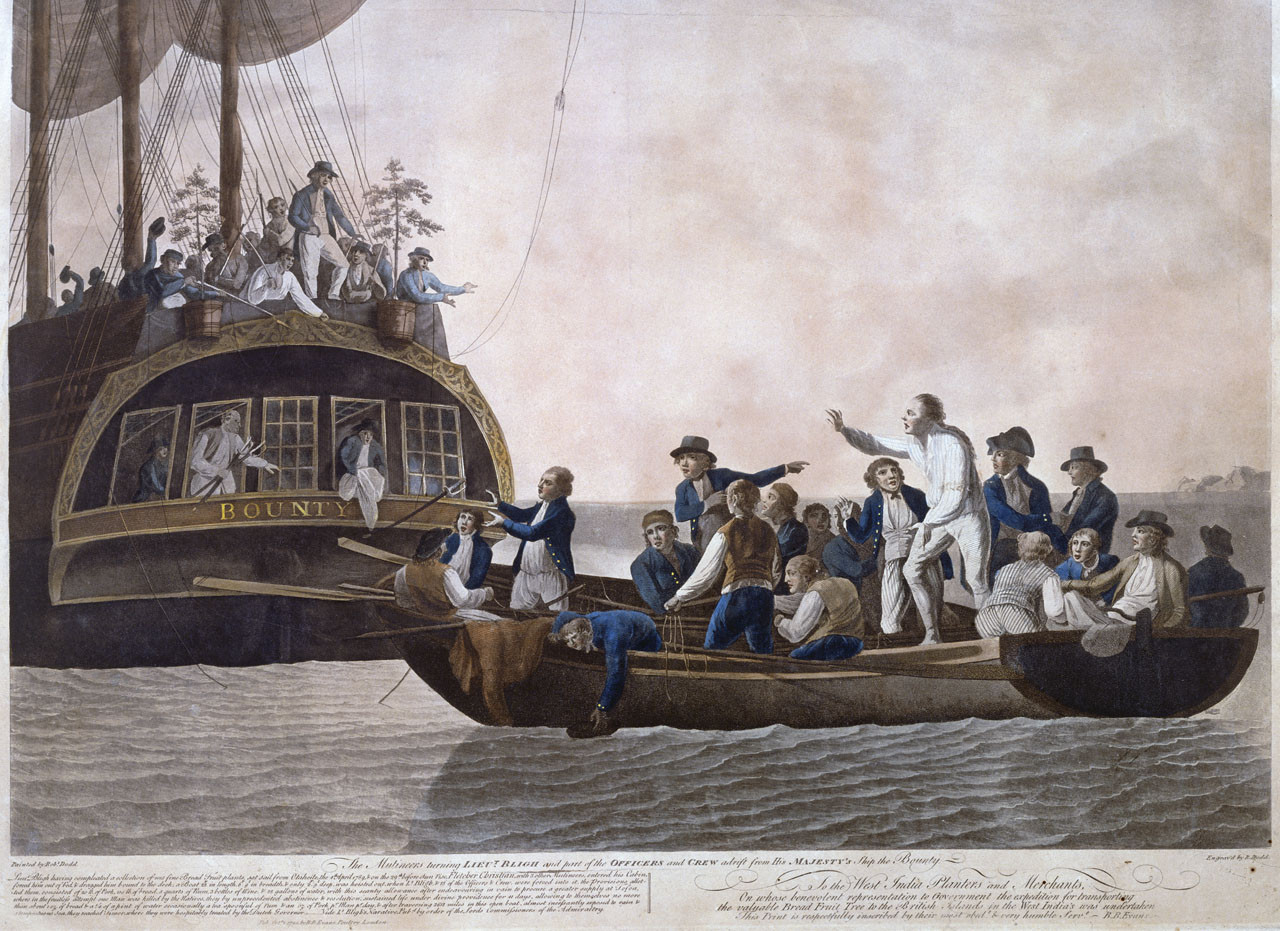 Robert Dodd, Wikimedia Commons
Robert Dodd, Wikimedia Commons
Repercussions Of The Mutiny
On his return, Bligh faced a mixed reception. The Royal Navy saluted his navigational heroics, but questioned what had driven the mutiny. Some blamed his harsh discipline; others pointed to the crew’s prolonged stay in Tahiti and their desire to stay in the island paradise. Bligh was court-martialed for the loss of the Bounty, but acquitted and eventually promoted.
Later Naval Career And The Rum Rebellion
Bligh’s career didn’t end with the Bounty. He later commanded several other ships and was appointed Governor of New South Wales in 1806. But controversy followed him. His attempt to clean up the corrupt rum trade in the colony led to his overthrow in what became known as the Rum Rebellion of 1808—the only successful armed takeover of an Australian government.
Arrested And Deposed
Bligh was arrested by Major George Johnston and confined for over a year. While many of his reforms were reasonable, his authoritarian style and refusal to compromise again inflamed tensions. On returning to England, Bligh was exonerated. Johnston was court-martialed and found guilty of mutiny. Again, Bligh’s leadership was both vindicated and vilified, a pattern that repeated through his life.
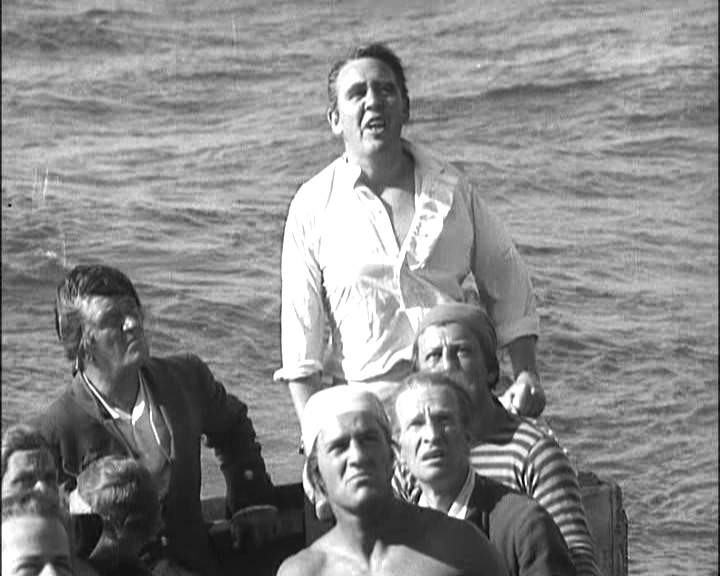 Trailer screenshot, Wikimedia Commons
Trailer screenshot, Wikimedia Commons
Recognition And Final Years
Despite the controversies, Bligh eventually rose to the rank of Vice Admiral and was awarded a Fellowship in the Royal Society for his work in navigation and natural science. He died in 1817 at age 63 and was buried in a family tomb in Lambeth, London. His headstone references his incredible open-boat journey, in respect to the part of his life that earned universal admiration.
Legacy Of Controversy
William Bligh is still one of history’s most debated naval figures. His courage and skill as a mariner in leading his men to safety after the Bounty mutiny are undisputed. But his harshness and inflexibility clouded his reputation. The mutiny made him infamous, but his survival voyage made him a legend. Whatever you may think of Captain Bligh, his tale is a reminder of the thin line between leadership and tyranny.
You May Also Like:
Celebrated Facts About Horatio Nelson, The Royal Navy's Greatest Seaman
Xenophon And The Greatest Adventure In History

